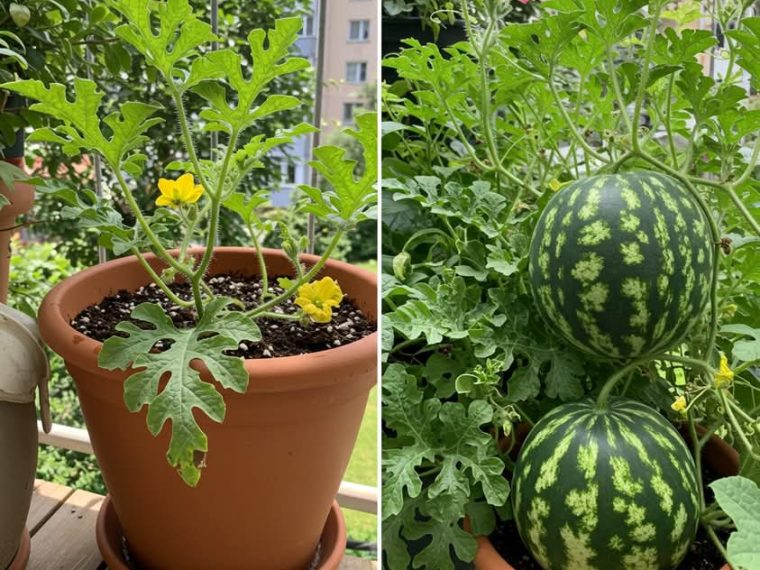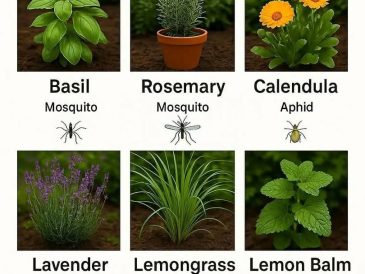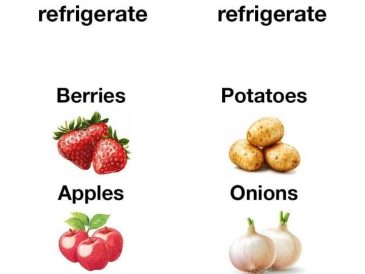How to Grow Succulent & Sweet Watermelons Using Pallets
Growing watermelons can be an incredibly rewarding experience, especially when you harvest large, juicy, and sweet fruits straight from your garden. One unique and efficient method for cultivating watermelons is by using wooden pallets. This technique helps improve airflow, reduces soil-borne diseases, and maximizes space while ensuring a healthy, high-yield crop. In this guide, we’ll walk you through the steps to grow watermelons successfully using pallets, so you can enjoy delicious, homegrown fruit with minimal effort.
Why Use Pallets for Growing Watermelons?
Using pallets in watermelon cultivation offers numerous benefits, including:
-
- Better Air Circulation: Pallets prevent direct contact between the fruit and soil, reducing the risk of rot and pests.
- Improved Drainage: Excess water drains more efficiently, preventing root rot and fungal infections.
- Space Optimization: Pallets can be used in small gardens, patios, or even vertically to support vines
- Eco-Friendly Solution: Repurposing pallets is an excellent way to recycle old wood while enhancing your garden setup.
- Easier Maintenance: Reducing weeds and keeping the fruit off the ground makes caring for the plants much easier.
Materials Needed
Before you begin, gather the following materials:
-
- Wooden pallets (clean and untreated)
- Quality watermelon seeds or seedlings
- Nutrient-rich soil (loamy and well-draining)
-
- Compost or organic fertilizer
- Watering can or drip irrigation system
- Mulch (straw, dried leaves, or grass clippings)
- Trellis or support system (for vertical growing, optional)
Step-by-Step Guide to Growing Watermelons on Pallets
Step 1: Choosing the Right Watermelon Variety
Different watermelon varieties suit different growing conditions. Some recommended varieties for pallet gardening include:
-
- Sugar Baby – A compact variety producing small, super-sweet watermelons.
-
- Crimson Sweet – A popular, large-sized variety with juicy red flesh.
- Charleston Gray – Resistant to diseases and produces large, elongated fruits.
- Jubilee – Perfect for warm climates, producing high-yield sweet melons.
Step 2: Preparing the Growing Area
-
- Select a Sunny Spot: Watermelons require at least 6-8 hours of direct sunlight daily.
- Position the Pallets: Lay the pallets flat on the ground or set them up vertically if using a trellis system.
- Prepare the Soil:
- Mix loamy soil with compost for a nutrient-rich base.
- Ensure proper drainage to prevent waterlogging.
- Maintain a soil pH between 6.0 and 7.0 for optimal growth.
Step 3: Planting the Watermelon Seeds
-
- Direct Sowing: Plant watermelon seeds directly in the prepared soil under the pallet gaps, spacing them 2-3 feet apart.
- Transplanting Seedlings: If using seedlings, plant them at least 18 inches apart to allow vines to spread.
- Water Gently: Keep the soil moist but not soggy to encourage seed germination and root development.
- Use Mulch: Apply straw or dried leaves around the plants to retain moisture and suppress weeds.
Step 4: Providing Proper Support
-
- Horizontal Growing: If using pallets on the ground, let the vines spread naturally while ensuring fruits rest on the pallet slats to prevent rotting.
- Vertical Growing: If you’re growing watermelons vertically, attach a trellis to the pallet and provide hammock-style slings (made of old cloth or netting) to support the weight of the fruit.
Step 5: Watering and Feeding for Sweet Fruits
-
- Consistent Watering:
- Water deeply 2-3 times per week, especially during hot weather.
- Reduce watering once fruits start ripening to enhance their sweetness.
- Consistent Watering:
-
- Fertilization:
- Apply organic compost or a balanced fertilizer (such as 10-10-10) when vines start growing.
- Once flowering begins, switch to a potassium-rich fertilizer (like 5-10-10) to encourage fruit development.
- Fertilization:
- Hand Pollination (If Needed):
- If you notice poor fruit formation, use a small brush to transfer pollen from male flowers to female flowers.
Step 6: Managing Pests and Diseases
-
- Common Pests:
- Aphids – Spray neem oil or insecticidal soap to deter them.
- Cucumber Beetles – Use floating row covers or manually remove them.
- Squash Bugs – Handpick or apply organic insecticides.
- Common Pests:
- Disease Prevention:
-
- Ensure good air circulation by keeping vines spaced properly.
- Avoid overhead watering to prevent fungal infections like powdery mildew.
- Rotate crops yearly to minimize soil-borne diseases.
-
Step 7: Harvesting the Perfect Watermelon
Knowing when to harvest watermelons ensures you get the sweetest, juiciest fruit possible. Look for these signs:
-
- Check the Tendril: When the tendril nearest the fruit turns brown and dries out, the watermelon is ripe.
-
- Thump Test: A ripe watermelon produces a deep, hollow sound when tapped.
- Color & Texture: The underside should change from white to a creamy yellow, and the skin should feel rough rather than shiny.
- Harvesting Technique: Use a sharp knife or pruners to cut the fruit from the vine, leaving a few inches of stem attached.
Bonus Tips for Growing Extra-Sweet Watermelons
-
- Limit the Number of Fruits per Vine: Allow only 2-3 melons per plant to direct more energy into each fruit.
- Reduce Watering Before Harvest: This concentrates the sugars in the fruit, making it sweeter.
- Expose Fruits to Sunlight: Gently reposition the vines to allow sunlight to reach the melons for better ripening.
- Use Organic Matter: Manure tea or compost tea boosts soil nutrients, enhancing fruit quality.
Final Thoughts
Growing watermelons using pallets is an effective and space-saving technique that not only supports plant health but also results in sweeter, juicier fruit. By providing good soil, proper watering, and adequate support, you can enjoy a bountiful harvest of delicious homegrown watermelons. Whether you’re growing them horizontally or vertically, this method makes watermelon cultivation accessible even in small garden spaces. Try it out, and soon, you’ll be enjoying fresh, homegrown, and super-sweet watermelons straight from your backyard!





